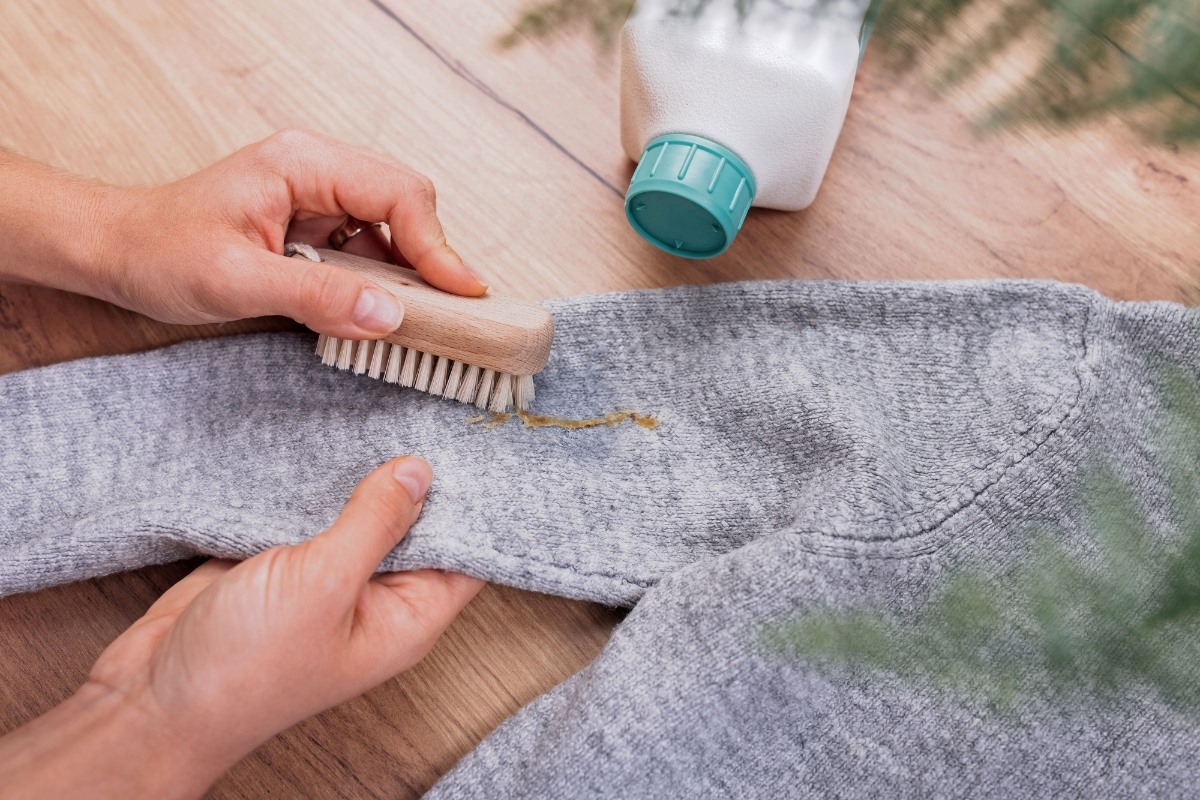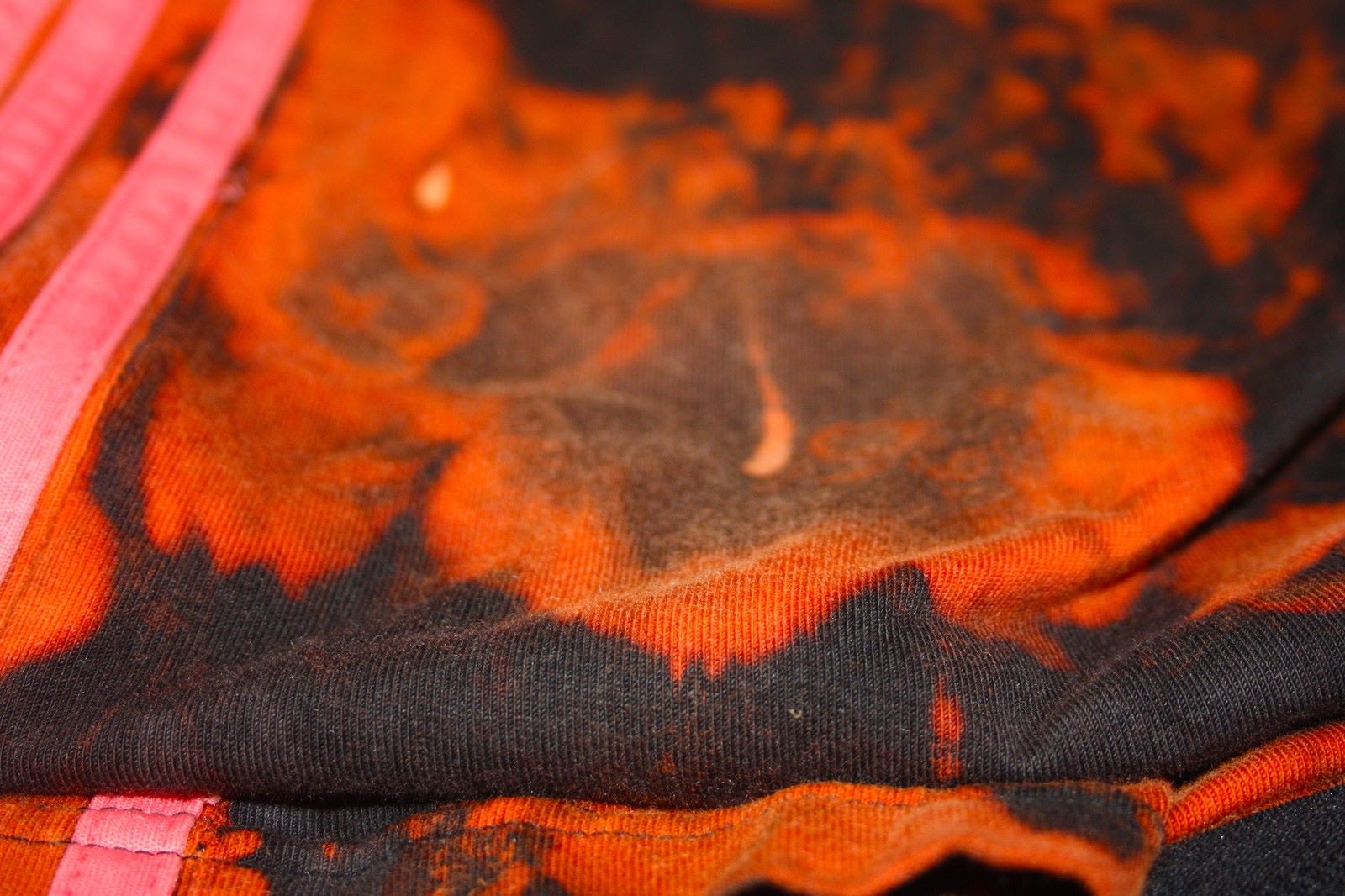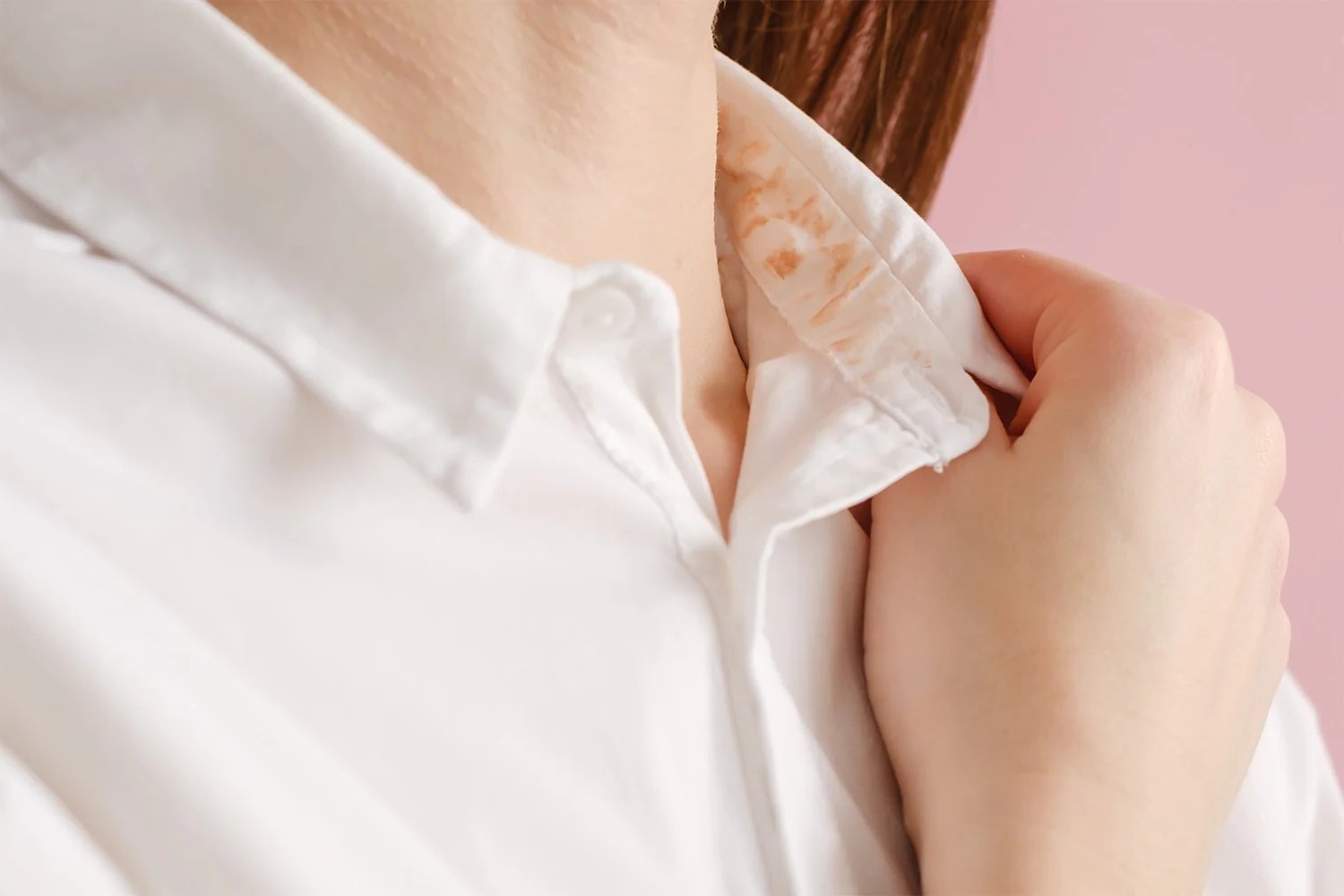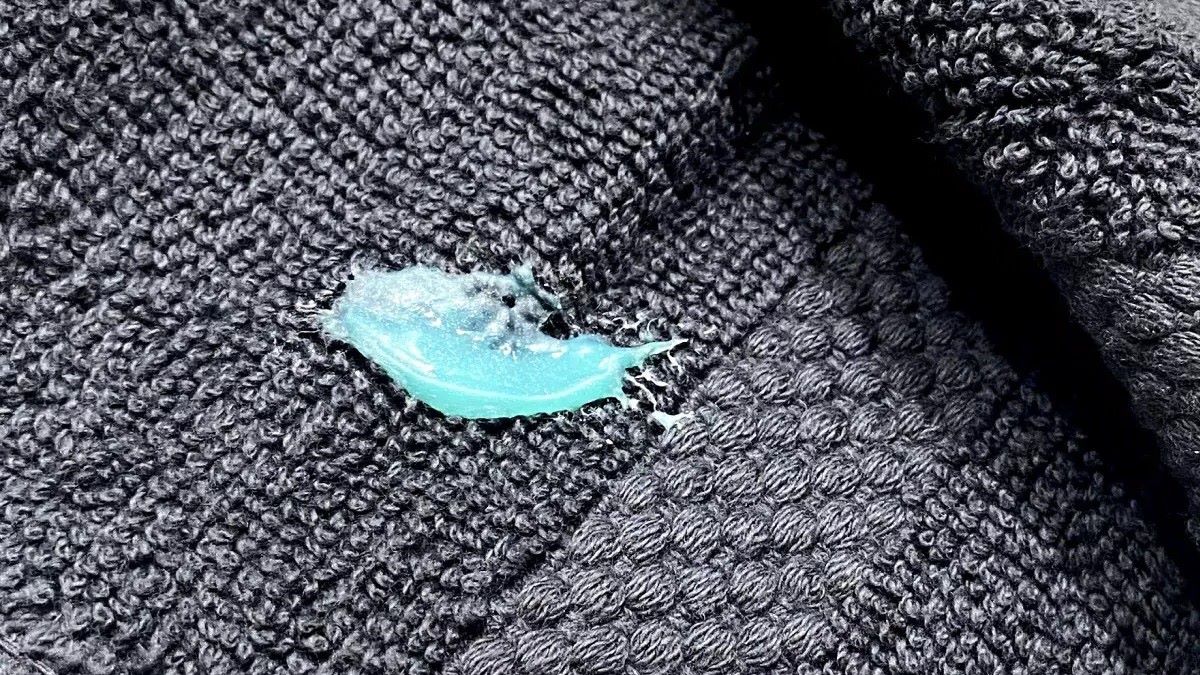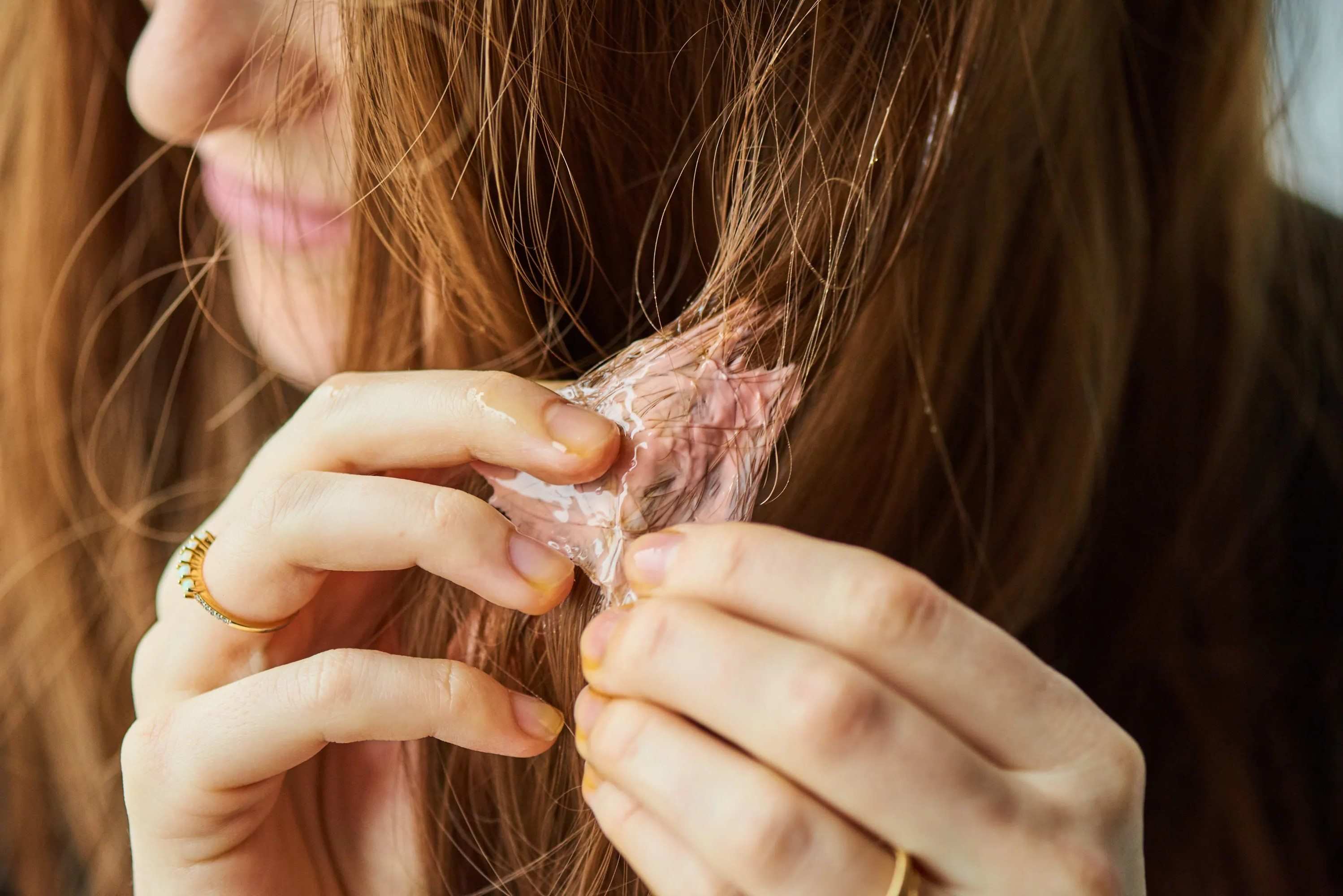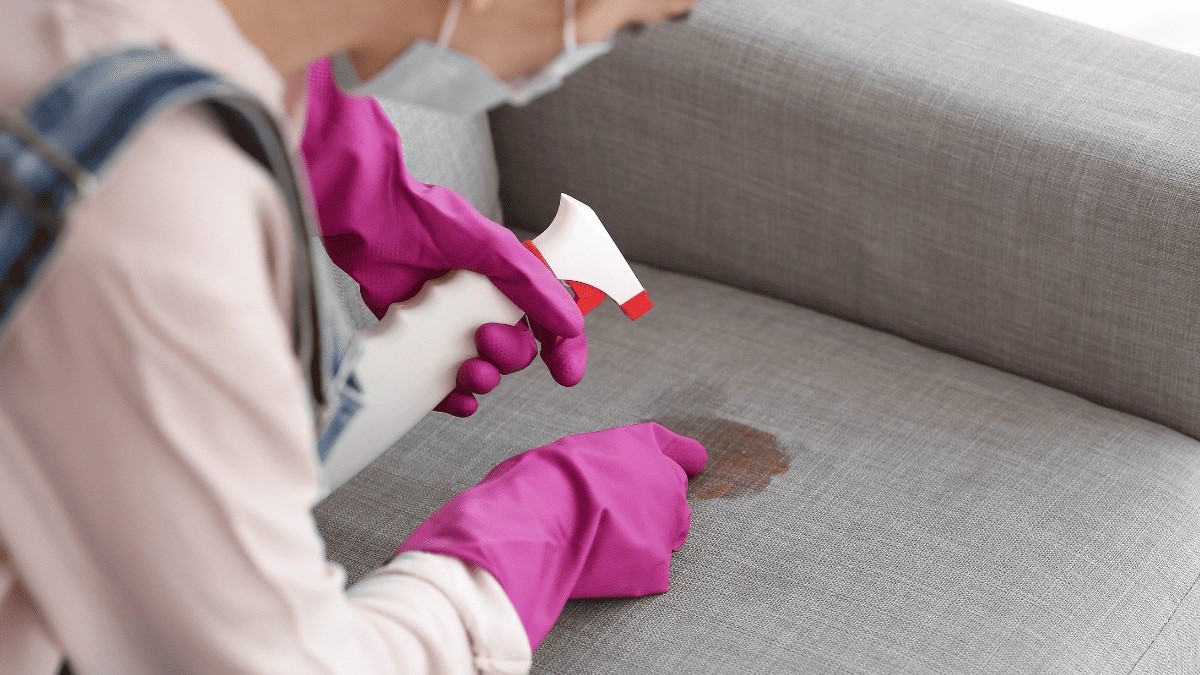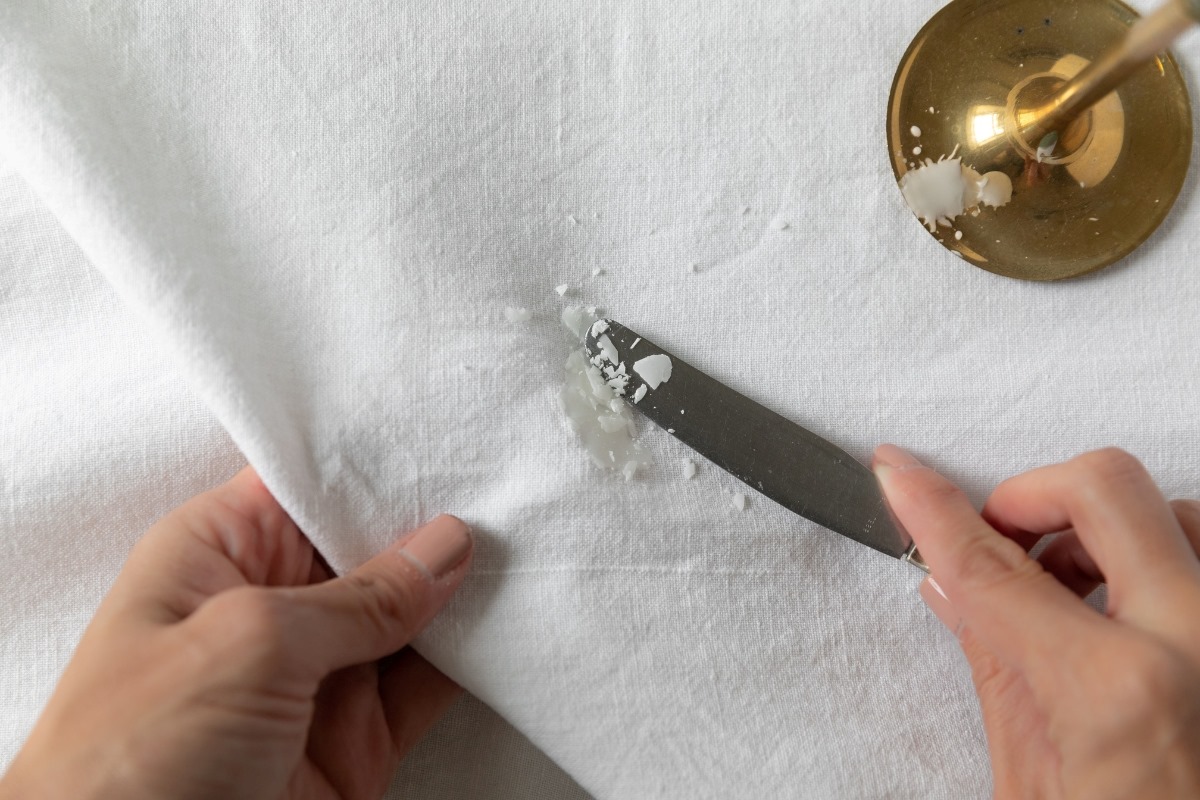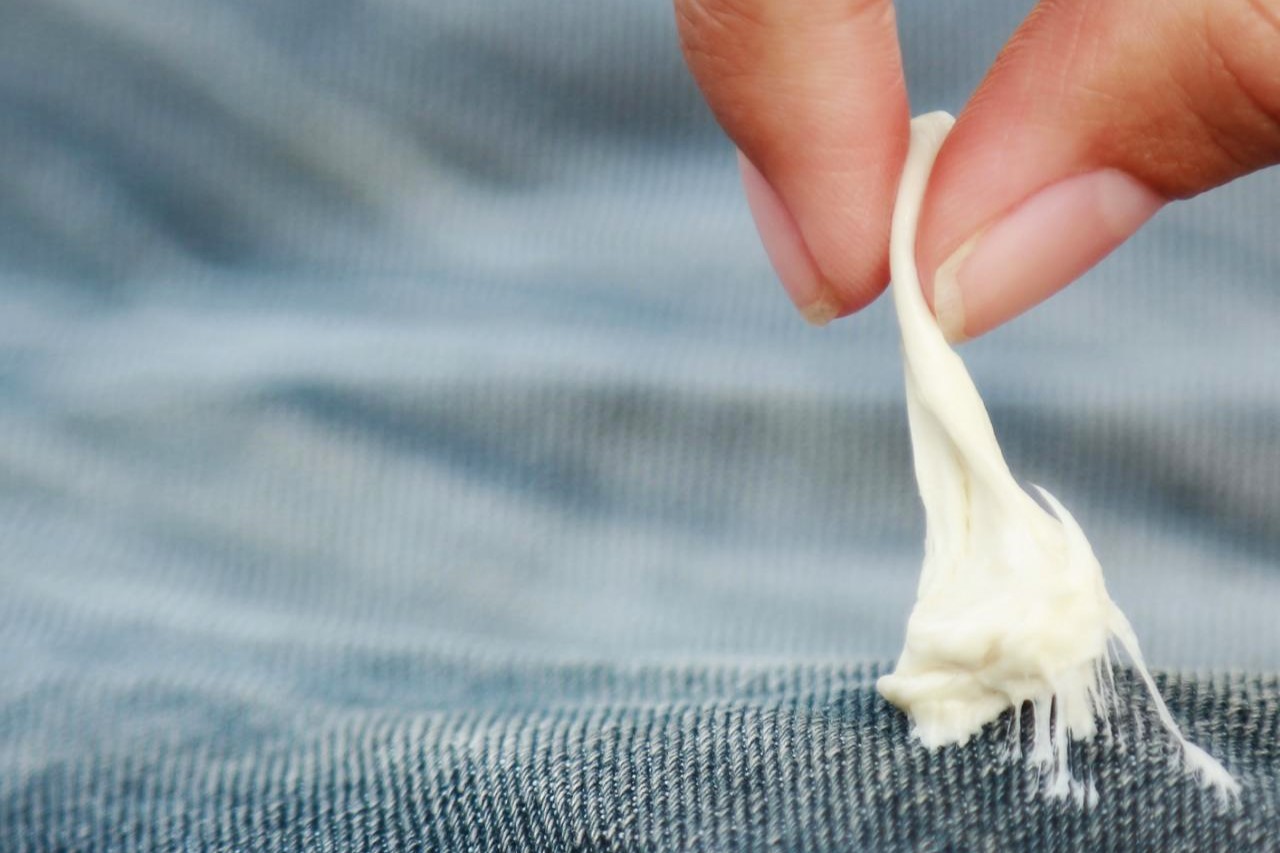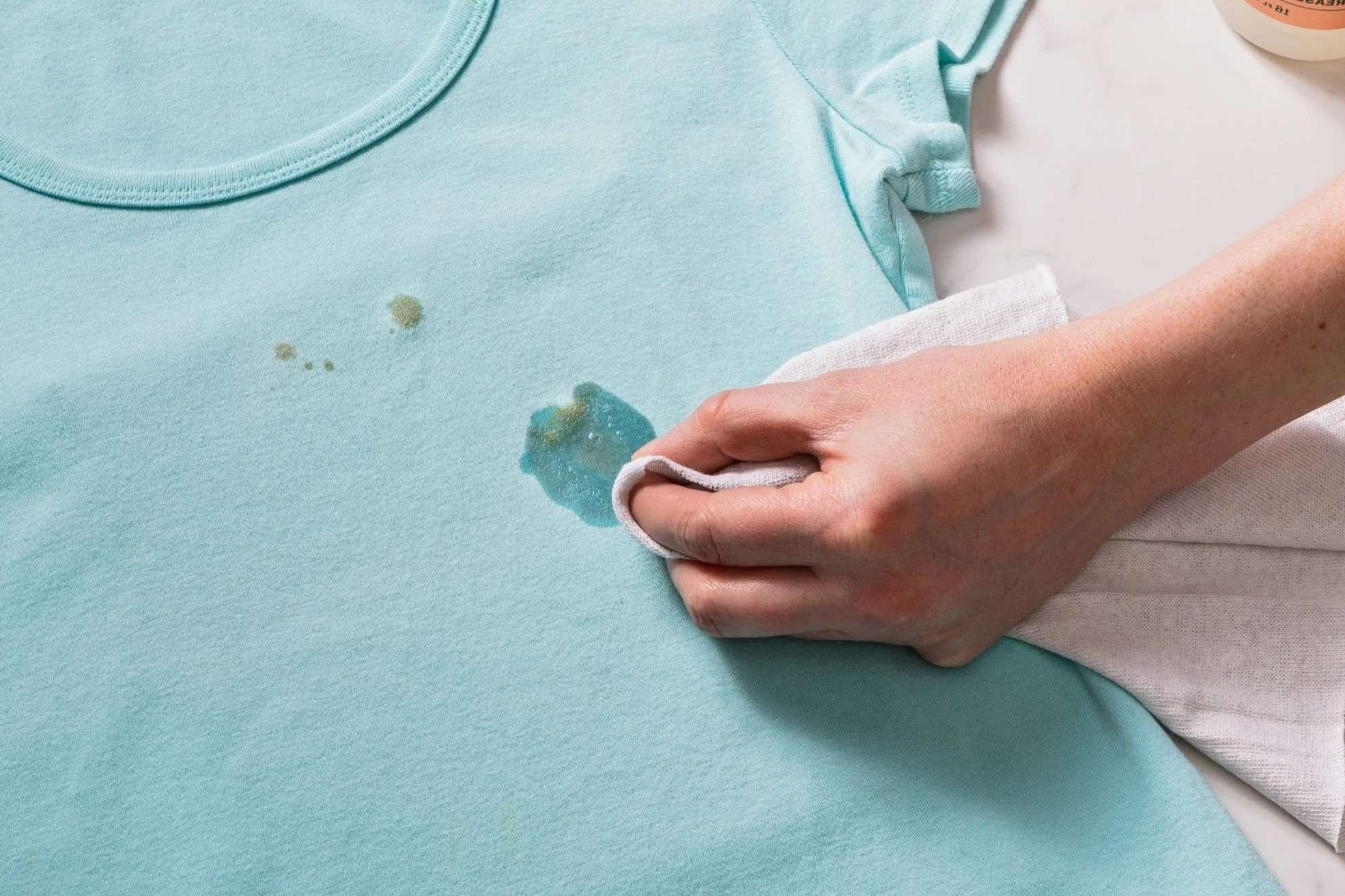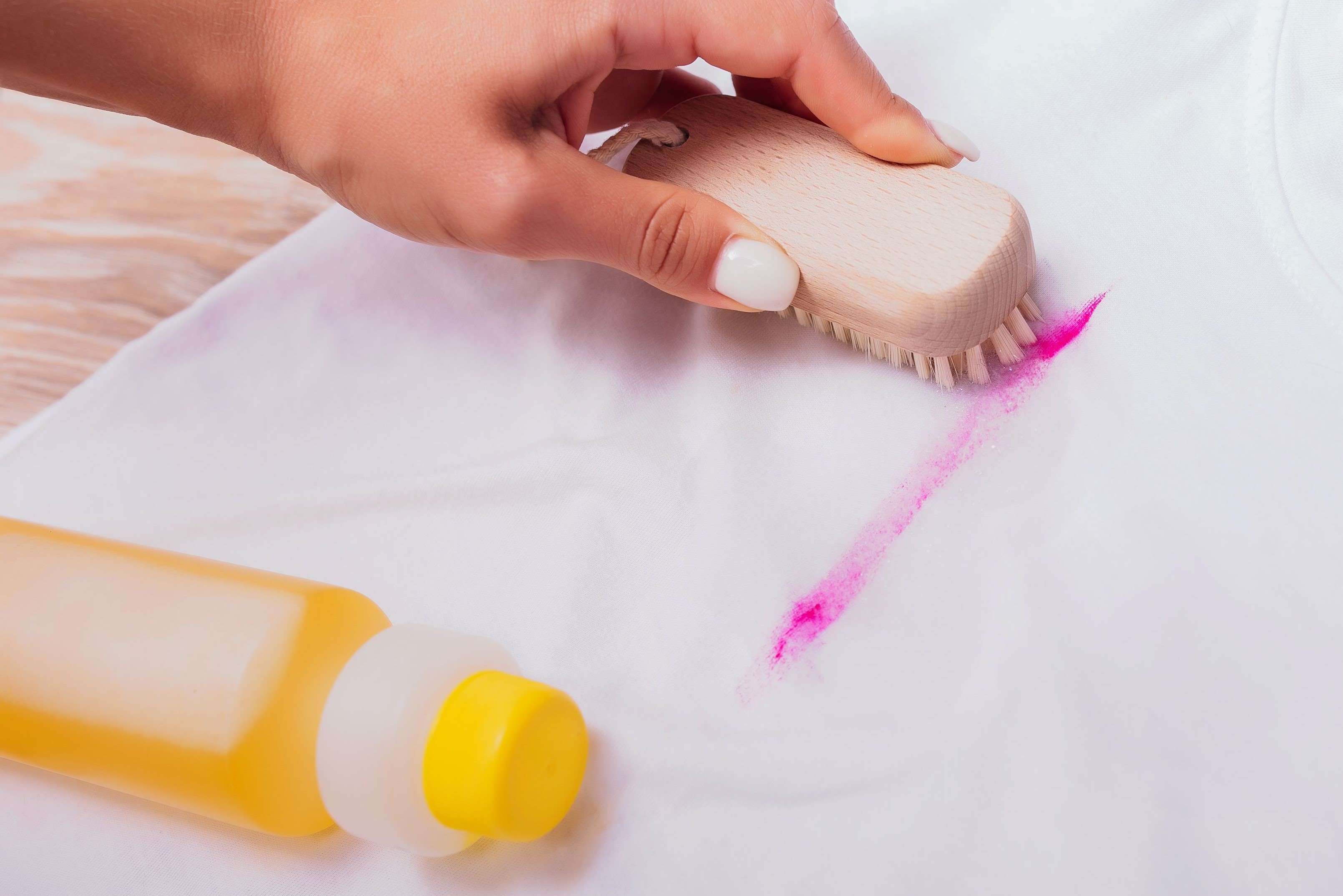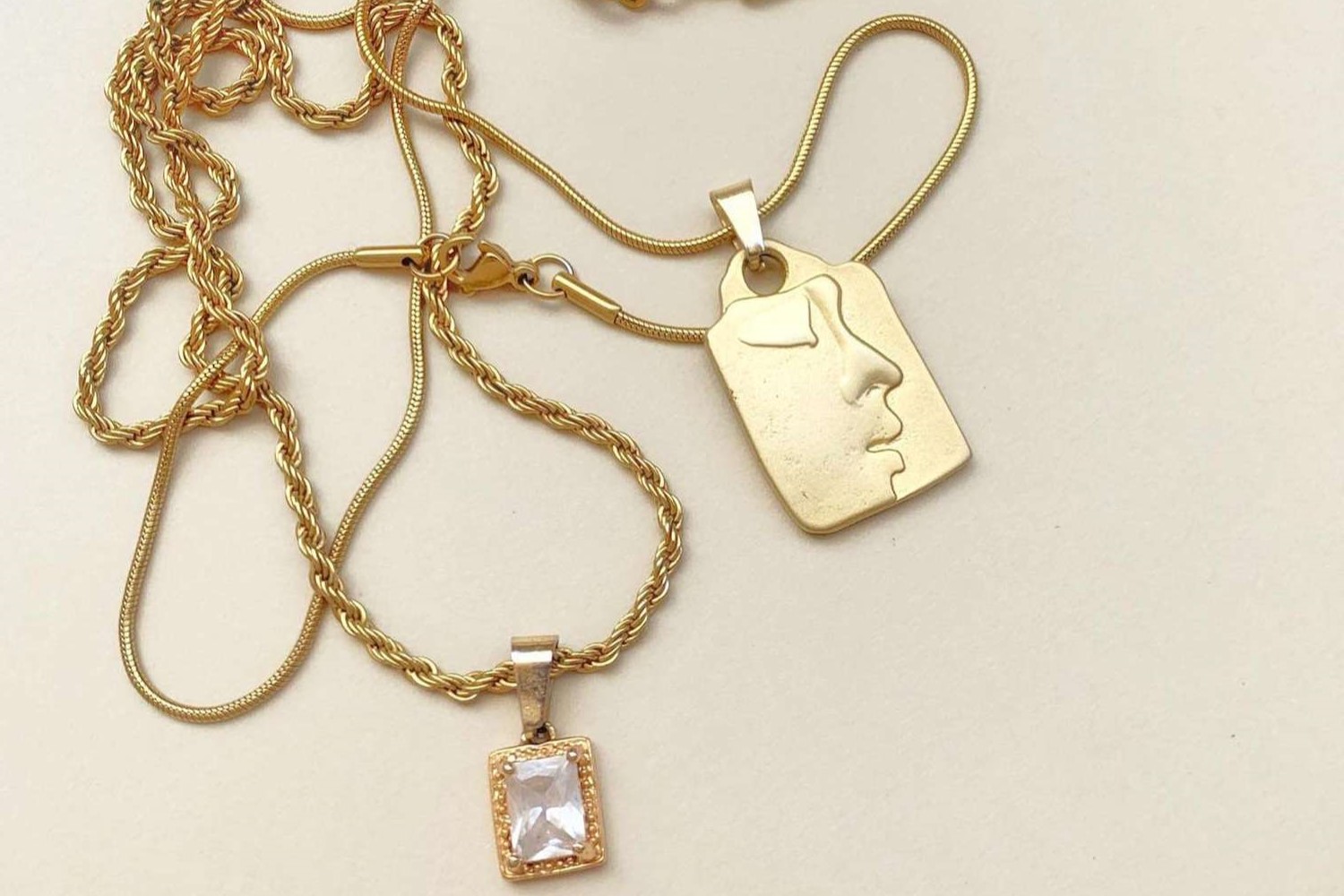

Lifestyle
How To Get Knot Out Of Necklace
Published: March 5, 2024
Learn how to easily untangle a necklace knot with our simple lifestyle tips. Say goodbye to frustrating jewelry snags!
(Many of the links in this article redirect to a specific reviewed product. Your purchase of these products through affiliate links helps to generate commission for Noodls.com, at no extra cost. Learn more)
Table of Contents
Introduction
Untangling a knot from a necklace can be a frustrating and delicate task. Whether it's a cherished heirloom or a trendy piece of jewelry, the sight of a tangled necklace can be disheartening. However, with the right approach and a bit of patience, you can successfully remove the knot without causing damage to the necklace.
In this comprehensive guide, we will walk you through the step-by-step process of untangling a knot from a necklace. From assessing the knot to utilizing various tools and techniques, we will equip you with the knowledge and skills needed to tackle this common jewelry conundrum.
So, if you've ever found yourself staring at a knotted necklace with a sense of dread, fear not. By the end of this guide, you'll be armed with the expertise to tackle even the most stubborn tangles and restore your necklace to its former glory. Let's dive into the intricacies of untangling a necklace and reclaim the beauty of your beloved jewelry piece.
Read more: How To Get Stain Out Of Polyester
Step 1: Assess the knot
Before diving into the untangling process, it's crucial to carefully assess the knot. Take a moment to examine the nature of the tangle and identify any potential challenges that may arise during the untangling process. Here are some key aspects to consider when assessing the knot:
-
Complexity of the Knot: Determine the complexity of the knot by observing how tightly the chain is twisted and whether multiple strands are intertwined. A simple knot may be relatively easy to unravel, while a more intricate tangle may require additional time and patience.
-
Type of Necklace: Consider the type of necklace you are dealing with. Delicate chains, such as those made of fine gold or silver, require gentle handling to prevent damage. Thicker chains or those with pendants may present different challenges due to their structure and weight.
-
Presence of Snags or Tangles: Check for any snags or additional tangles within the knot. Sometimes, a single knot may conceal smaller tangles or kinks that need to be addressed separately.
-
Material and Fragility: Assess the material and fragility of the necklace. Different materials, such as pearls, gemstones, or delicate metals, require specific handling to avoid causing any harm during the untangling process.
By thoroughly evaluating these factors, you'll gain a better understanding of the knot's complexity and the precautions needed to untangle it effectively. This initial assessment sets the stage for the subsequent steps, allowing you to approach the untangling process with a clear understanding of the challenges at hand.
Step 2: Gather your tools
When it comes to untangling a knot from a necklace, having the right tools at your disposal can make a world of difference. These tools are essential for delicately maneuvering through the tangle and minimizing the risk of causing damage to the necklace. Here's a comprehensive list of tools that will aid you in the untangling process:
-
Lubricant: Before attempting to untangle the knot, it's beneficial to have a lubricant on hand. Common household items such as cooking oil, baby oil, or even hand lotion can serve as effective lubricants. The lubricant helps reduce friction between the tangled chain, making it easier to manipulate and separate the strands.
-
Straight Pin or Needle: A straight pin or needle can be incredibly useful for gently teasing apart the individual strands of the knot. The fine tip allows for precise maneuvering, making it easier to loosen the tangle without causing additional snags or kinks.
-
Pair of Tweezers: Tweezers are valuable for carefully grasping and separating the intertwined sections of the necklace. Opt for tweezers with a fine, pointed tip to ensure precise handling and minimize the risk of inadvertently damaging the chain.
-
Sewing Needle: In some cases, a sewing needle can be employed to carefully work through tight spots within the knot. The slender profile of a sewing needle allows for intricate maneuvering, particularly when dealing with finer chains or intricate tangles.
-
Magnifying Glass: For intricate and delicate necklaces, a magnifying glass can be a helpful addition to your toolkit. It aids in closely inspecting the knot and identifying any subtle snags or twists that may require special attention.
-
Soft Cloth or Pad: Having a soft cloth or pad on hand provides a protective surface for working on the necklace. This helps prevent the necklace from getting scratched or damaged during the untangling process.
By assembling these essential tools, you'll be well-prepared to tackle the task of untangling a knot from your necklace with precision and care. Each tool serves a specific purpose in delicately maneuvering through the tangle, ensuring that the necklace emerges unscathed from the untangling process. With your toolkit at the ready, you're equipped to proceed to the next steps with confidence and expertise.
Step 3: Apply lubricant
Before delving into the intricate process of untangling a knot from a necklace, it's essential to prepare the tangled chain for manipulation. Applying a lubricant serves as a crucial preliminary step, significantly easing the untangling process and minimizing the risk of causing damage to the delicate necklace.
The application of a lubricant serves to reduce friction between the tangled strands, allowing for smoother manipulation and separation. Common household items such as cooking oil, baby oil, or hand lotion can be utilized as effective lubricants in this context. These readily available options provide the necessary slipperiness to facilitate the untangling process without posing any harm to the necklace.
To apply the lubricant, place a small amount on your fingertips and gently work it into the tangled area of the necklace. It's important to use a minimal amount of lubricant to avoid leaving a residue on the necklace, especially if it is made of porous materials such as pearls or delicate gemstones. The goal is to create a slick surface that reduces the friction between the intertwined strands, making it easier to manipulate and separate them.
As you massage the lubricant into the knot, take care to ensure that it is evenly distributed throughout the tangled area. This step is particularly beneficial for knots that are tightly bound, as the lubricant penetrates the crevices, gradually loosening the grip of the intertwined strands. Additionally, the lubricant aids in preventing the necklace from becoming further entangled during the untangling process, offering a smoother path to resolving the knot.
By applying a lubricant to the tangled necklace, you set the stage for a more seamless and gentle untangling experience. The reduction in friction afforded by the lubricant not only simplifies the manipulation of the knot but also minimizes the risk of causing strain or damage to the delicate chain. With the necklace primed and ready, you can confidently proceed to the subsequent steps, equipped with the assurance that the lubricant has laid the groundwork for a successful untangling endeavor.
Step 4: Use a straight pin or needle
When faced with a stubborn knot in a delicate necklace, employing a straight pin or needle can be a game-changing strategy in the untangling process. The fine, pointed tip of a straight pin or needle allows for precise maneuvering, making it an invaluable tool for gently teasing apart the individual strands of the knot.
To begin, carefully insert the straight pin or needle into the heart of the tangled area, aiming to separate the intertwined sections without causing further entanglement. With a steady hand and a patient approach, gently wiggle the pin or needle to loosen the grip of the knot. It's essential to exercise caution and avoid applying excessive force, especially when dealing with fragile chains or intricate tangles.
As you navigate through the knot, take note of any resistance or snags encountered along the way. These may indicate areas of heightened complexity within the tangle, requiring additional finesse and attention. By delicately manipulating the straight pin or needle, you can gradually unravel the knot, working through each intertwined section with precision and care.
In cases where the knot is particularly tight or intricate, it may be beneficial to alternate between using the straight pin or needle and applying a small amount of lubricant to the tangled area. This combination of tools and techniques can effectively loosen the knot, allowing for smoother manipulation and separation of the necklace strands.
Throughout the process, maintain a gentle touch and a keen eye, ensuring that the individual strands of the necklace are gradually freed from the entanglement. As the knot begins to loosen, continue to work methodically, untangling each section until the necklace regains its natural, untwisted form.
By utilizing a straight pin or needle with precision and patience, you can navigate through the complexities of the knot, gradually unraveling the tangle and restoring the necklace to its original elegance. This meticulous approach, combined with the fine-tipped maneuverability of the straight pin or needle, offers a reliable method for successfully untangling even the most challenging knots, ensuring that your cherished necklace emerges unscathed and ready to adorn once more.
Read more: How To Get Slime Out Of Carpet
Step 5: Use a pair of tweezers
When navigating the intricate task of untangling a knot from a necklace, a pair of tweezers emerges as a valuable asset, offering precision and control in delicately maneuvering through the tangled strands. The fine, pointed tips of the tweezers enable you to grasp and separate individual sections of the knot with meticulous attention, minimizing the risk of causing additional snags or kinks in the necklace.
To begin, carefully position the tweezers at the heart of the tangled area, ensuring a firm yet gentle grip on the intertwined sections. With a steady hand and a focused approach, slowly and methodically tease apart the strands, aiming to loosen the grip of the knot without exerting excessive force. It's crucial to exercise patience and attentiveness, particularly when dealing with delicate chains or intricate tangles.
As you navigate through the knot with the tweezers, pay close attention to any resistance or snags encountered along the way. These subtle cues provide valuable insights into the complexities of the tangle, guiding your approach as you work through the intricacies of the knot. By delicately manipulating the tweezers and carefully untangling each section, you can gradually unravel the knot, allowing the necklace to regain its natural, untwisted form.
In cases where the knot presents multiple layers or tightly bound sections, the precision offered by the tweezers becomes especially advantageous. The ability to isolate and manipulate individual strands with finesse enables you to navigate through the complexities of the tangle, gradually freeing the necklace from its entwined state.
Furthermore, the pointed tips of the tweezers allow for targeted maneuvering, making them particularly effective when dealing with finer chains or intricate knots. Their slender profile and precise handling capabilities empower you to address the knot with a level of detail and accuracy that is essential for preserving the integrity of the necklace throughout the untangling process.
By utilizing a pair of tweezers with dexterity and care, you can navigate through the intricacies of the knot, gradually unraveling the tangle and restoring the necklace to its original elegance. This meticulous approach, combined with the precision and control offered by the tweezers, provides a reliable method for successfully untangling even the most challenging knots, ensuring that your cherished necklace emerges unscathed and ready to adorn once more.
Step 6: Use a sewing needle
When confronted with a particularly stubborn knot in a delicate necklace, the strategic use of a sewing needle can prove to be a game-changing maneuver in the untangling process. The slender profile and fine tip of a sewing needle offer unparalleled precision, allowing for intricate maneuvering through tight spots within the knot.
To initiate the process, delicately insert the sewing needle into the heart of the tangled area, aiming to carefully tease apart the individual strands without causing further entanglement. With a steady hand and a patient approach, gently maneuver the needle to loosen the grip of the knot, taking care to avoid applying excessive force, especially when dealing with fragile chains or intricate tangles.
As you navigate through the knot with the sewing needle, it's essential to remain attentive to any resistance or snags encountered along the way. These subtle cues provide valuable insights into the complexities of the tangle, guiding your approach as you work through the intricacies of the knot. By methodically manipulating the sewing needle, you can gradually unravel the knot, working through each intertwined section with precision and care.
In cases where the knot is particularly tight or intricate, the slender profile of the sewing needle becomes especially advantageous. Its ability to navigate through densely packed sections of the knot with finesse empowers you to address the tangle with a level of detail and accuracy that is essential for preserving the integrity of the necklace throughout the untangling process.
Furthermore, the fine tip of the sewing needle allows for intricate maneuvering, making it particularly effective when dealing with finer chains or complex knots. Its precision and delicate handling capabilities enable you to navigate through the complexities of the tangle, gradually freeing the necklace from its entwined state without causing harm to the delicate chain.
By utilizing a sewing needle with precision and patience, you can navigate through the intricacies of the knot, gradually unraveling the tangle and restoring the necklace to its original elegance. This meticulous approach, combined with the fine-tipped maneuverability of the sewing needle, offers a reliable method for successfully untangling even the most challenging knots, ensuring that your cherished necklace emerges unscathed and ready to adorn once more.
Step 7: Seek professional help if necessary
In some instances, despite employing various techniques and tools, untangling a knot from a necklace may prove to be a daunting task. When faced with a particularly intricate or stubborn tangle, it's essential to recognize the limitations of DIY methods and consider seeking professional assistance to safeguard the integrity of the necklace.
Professional jewelers possess the expertise, specialized tools, and delicate touch required to navigate through complex knots and untangle intricately woven necklaces. Their extensive experience equips them with a deep understanding of different types of chains, materials, and tangles, allowing them to approach the untangling process with precision and care.
By entrusting the task to a professional jeweler, you can rest assured that your necklace will be handled with the utmost attention to detail, minimizing the risk of inadvertent damage during the untangling process. Jewelers are adept at identifying the most effective approach for untangling specific types of knots, ensuring that the necklace emerges unscathed and restored to its original elegance.
Moreover, professional jewelers have access to specialized tools and equipment designed specifically for untangling and repairing jewelry. These tools, combined with their expertise, enable them to delicately maneuver through even the most intricate knots, addressing the tangle with a level of finesse that may be challenging to achieve through DIY methods.
Additionally, seeking professional help provides an opportunity for a thorough inspection of the necklace to identify any underlying issues or weaknesses that may have contributed to the knot. This comprehensive assessment allows the jeweler to address any potential vulnerabilities, ensuring the long-term durability and resilience of the necklace.
Ultimately, opting for professional assistance when faced with a challenging knot demonstrates a commitment to preserving the beauty and integrity of your cherished necklace. By leveraging the skills and resources of a professional jeweler, you can overcome the complexities of the tangle and restore your necklace to its pristine condition, ready to be adorned with confidence and pride.
Conclusion
Untangling a knot from a necklace is a task that demands patience, precision, and a delicate touch. Throughout this comprehensive guide, we have delved into the intricacies of the untangling process, equipping you with the knowledge and techniques needed to navigate through even the most challenging knots. From assessing the complexity of the tangle to employing a range of tools and strategies, we have explored the art of restoring a tangled necklace to its former elegance.
By carefully assessing the knot, you gain valuable insights into the nature of the tangle, allowing you to approach the untangling process with a clear understanding of the challenges at hand. This initial evaluation sets the stage for the subsequent steps, enabling you to tailor your approach to the specific intricacies of the knot.
Gathering the essential tools, including lubricants, straight pins or needles, tweezers, and sewing needles, ensures that you are well-prepared to delicately maneuver through the tangle without causing harm to the necklace. Each tool serves a distinct purpose in the untangling process, offering precision and control in addressing the complexities of the knot.
Applying a lubricant to the tangled area serves as a crucial preliminary step, reducing friction between the intertwined strands and laying the groundwork for a smoother untangling experience. The lubricant minimizes the risk of causing strain or damage to the delicate chain, facilitating the manipulation and separation of the necklace strands.
Utilizing a combination of tools, including straight pins or needles, tweezers, and sewing needles, empowers you to navigate through the intricacies of the knot with precision and care. These tools offer targeted maneuvering and delicate handling capabilities, ensuring that the necklace emerges unscathed from the untangling process.
In cases where the knot proves to be particularly challenging, seeking professional assistance from experienced jewelers becomes a viable option to safeguard the integrity of the necklace. Professional jewelers possess the expertise, specialized tools, and delicate touch required to navigate through complex knots, ensuring that the necklace is restored to its original elegance.
In conclusion, the process of untangling a knot from a necklace is a delicate art that demands a blend of patience, precision, and the right tools. By following the steps outlined in this guide and recognizing the option of professional assistance when necessary, you can approach the task with confidence and expertise, ensuring that your cherished necklace emerges unscathed and ready to adorn once more.
